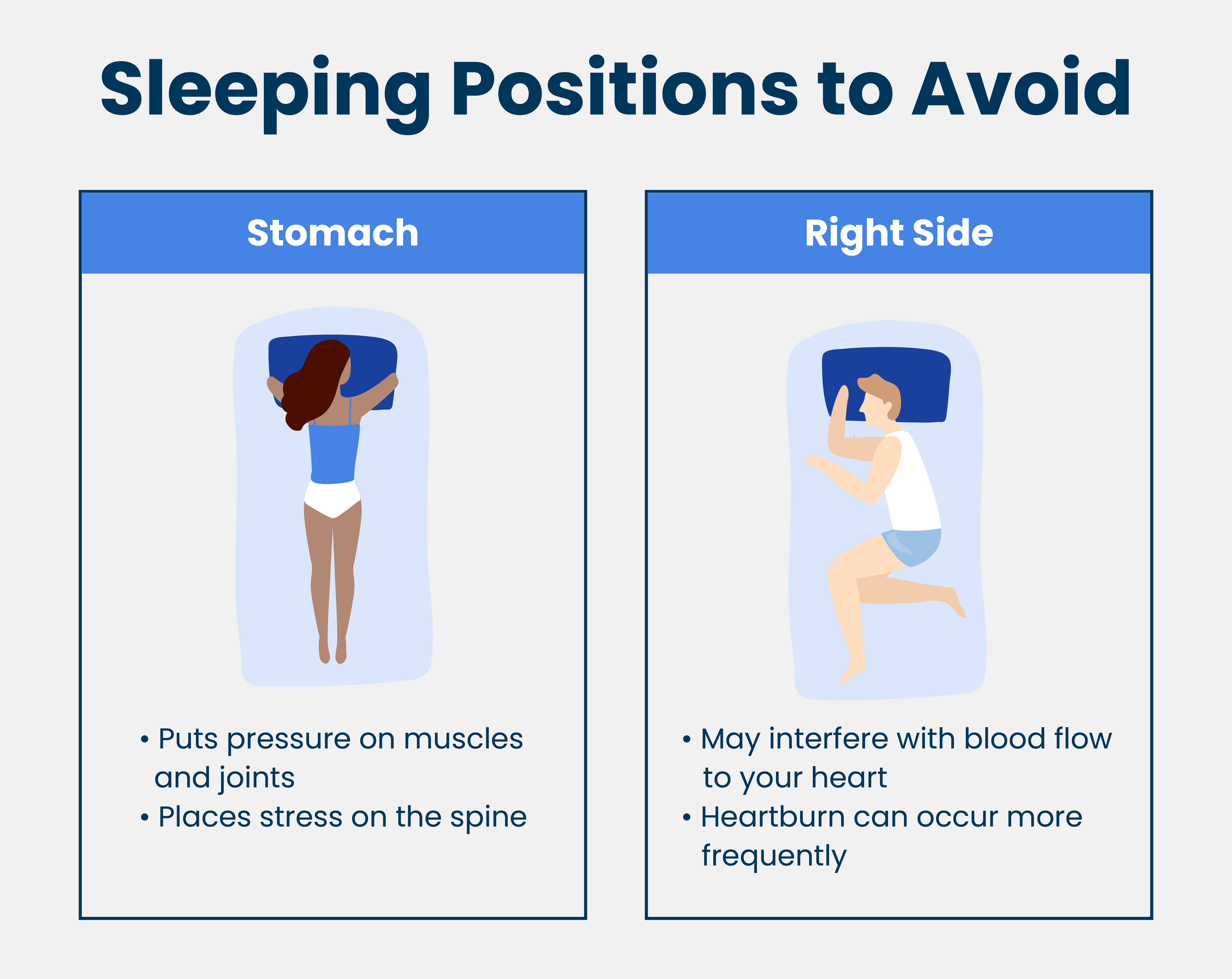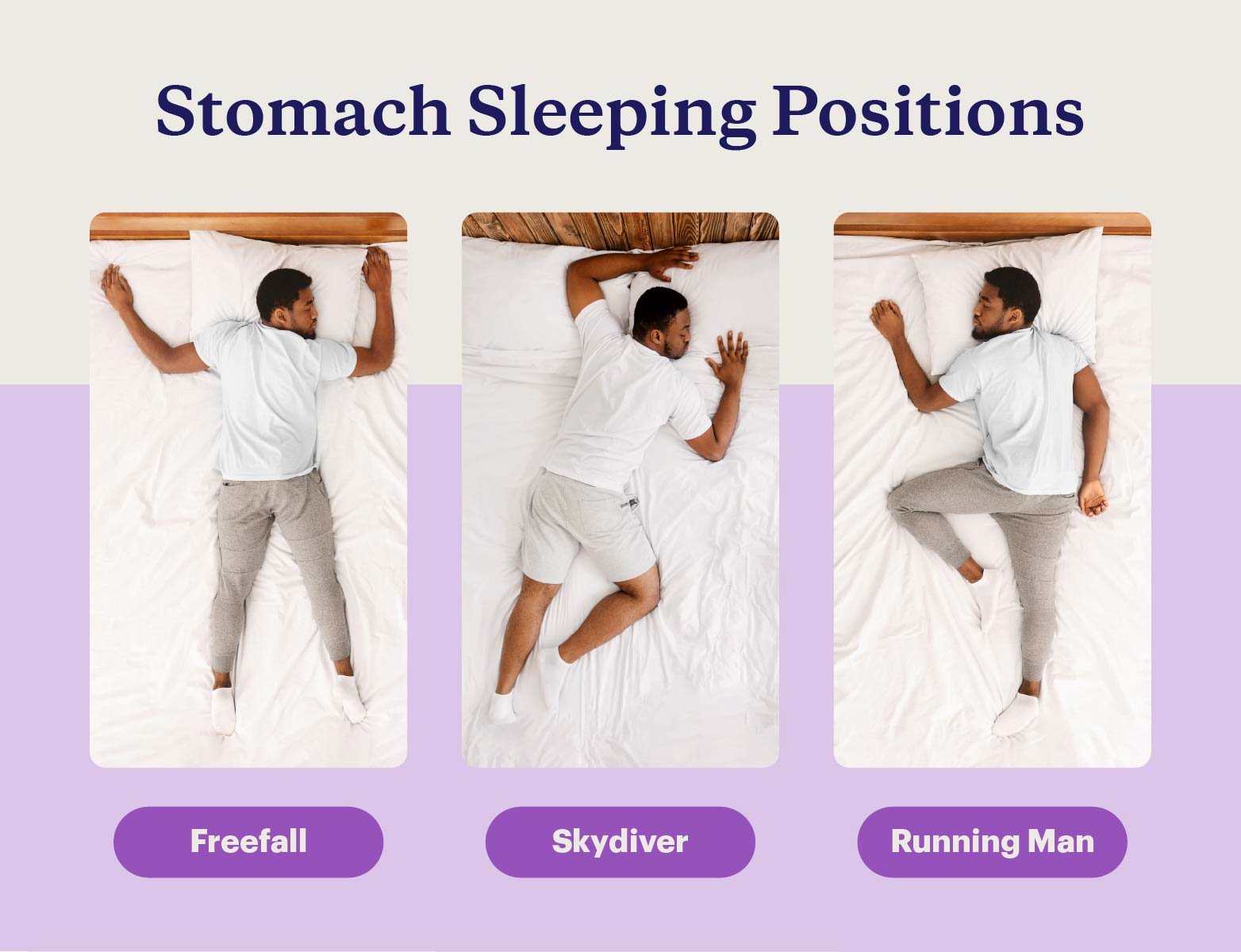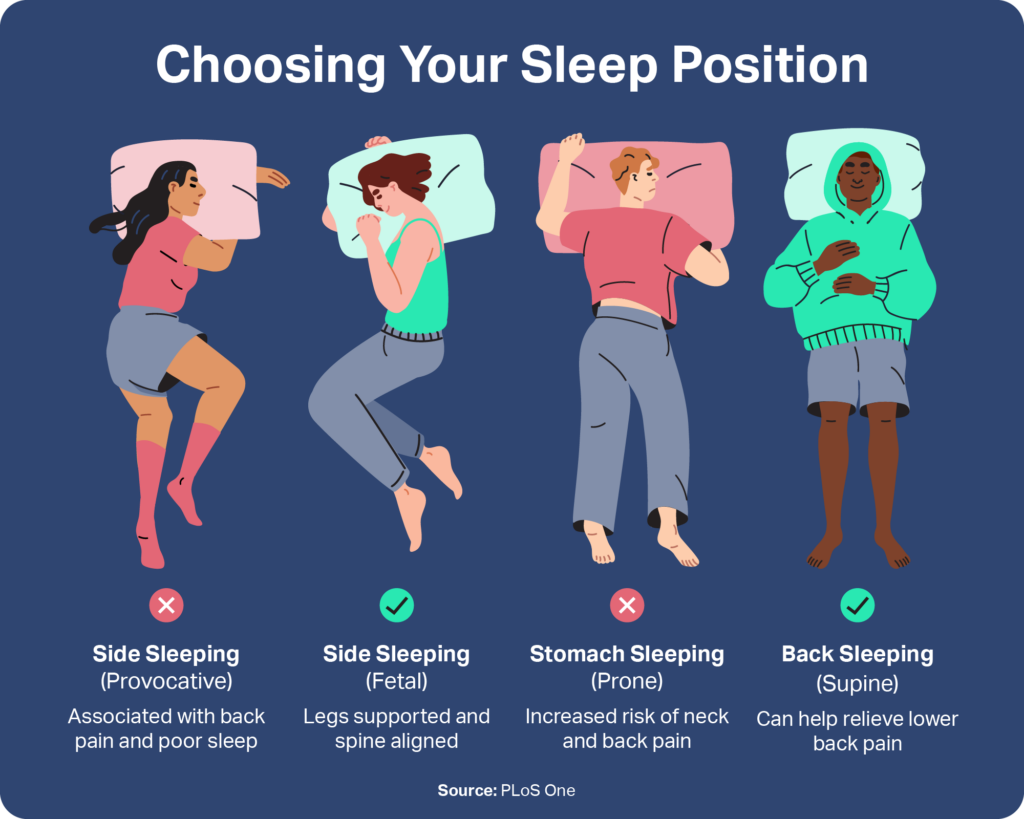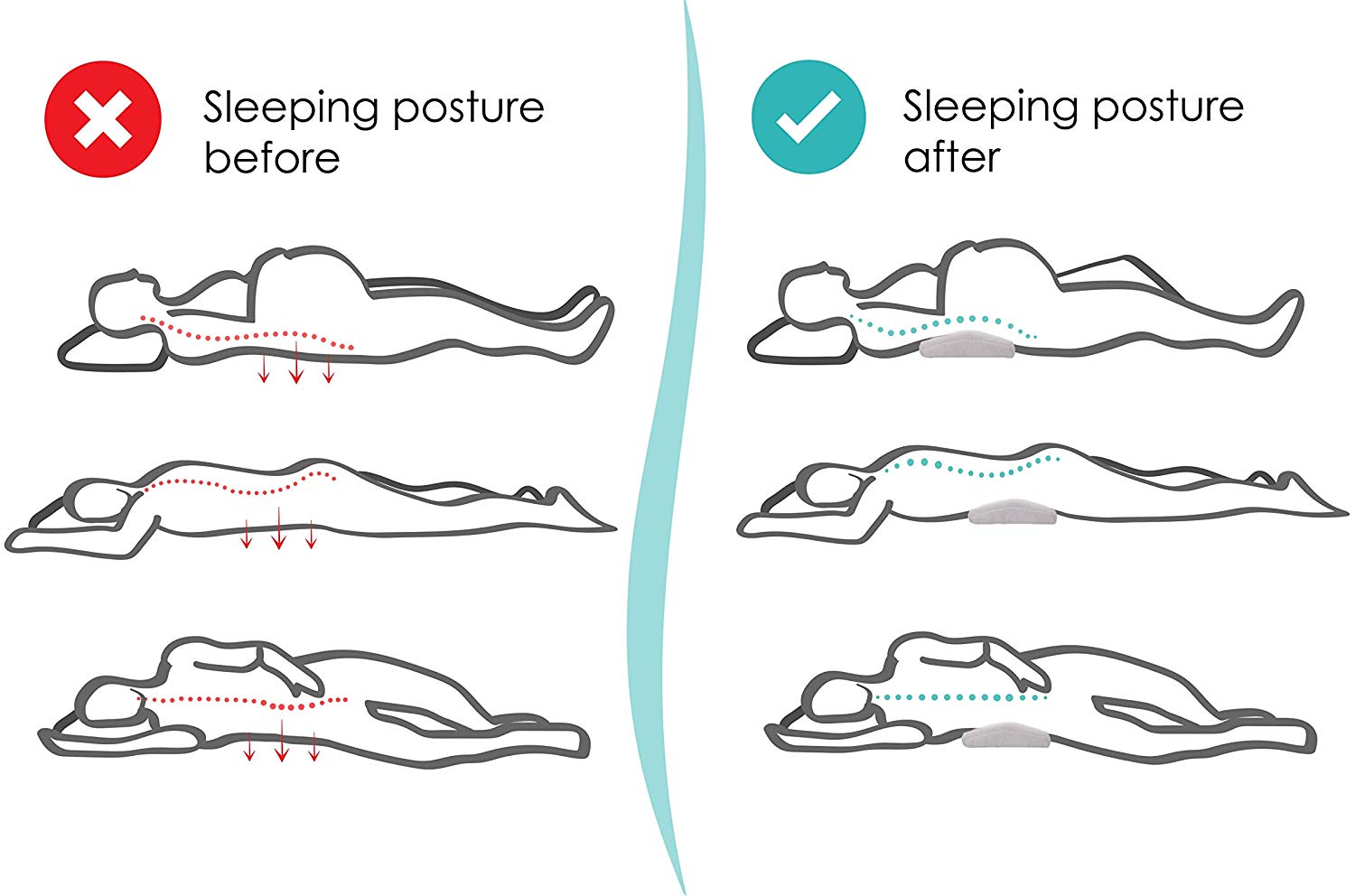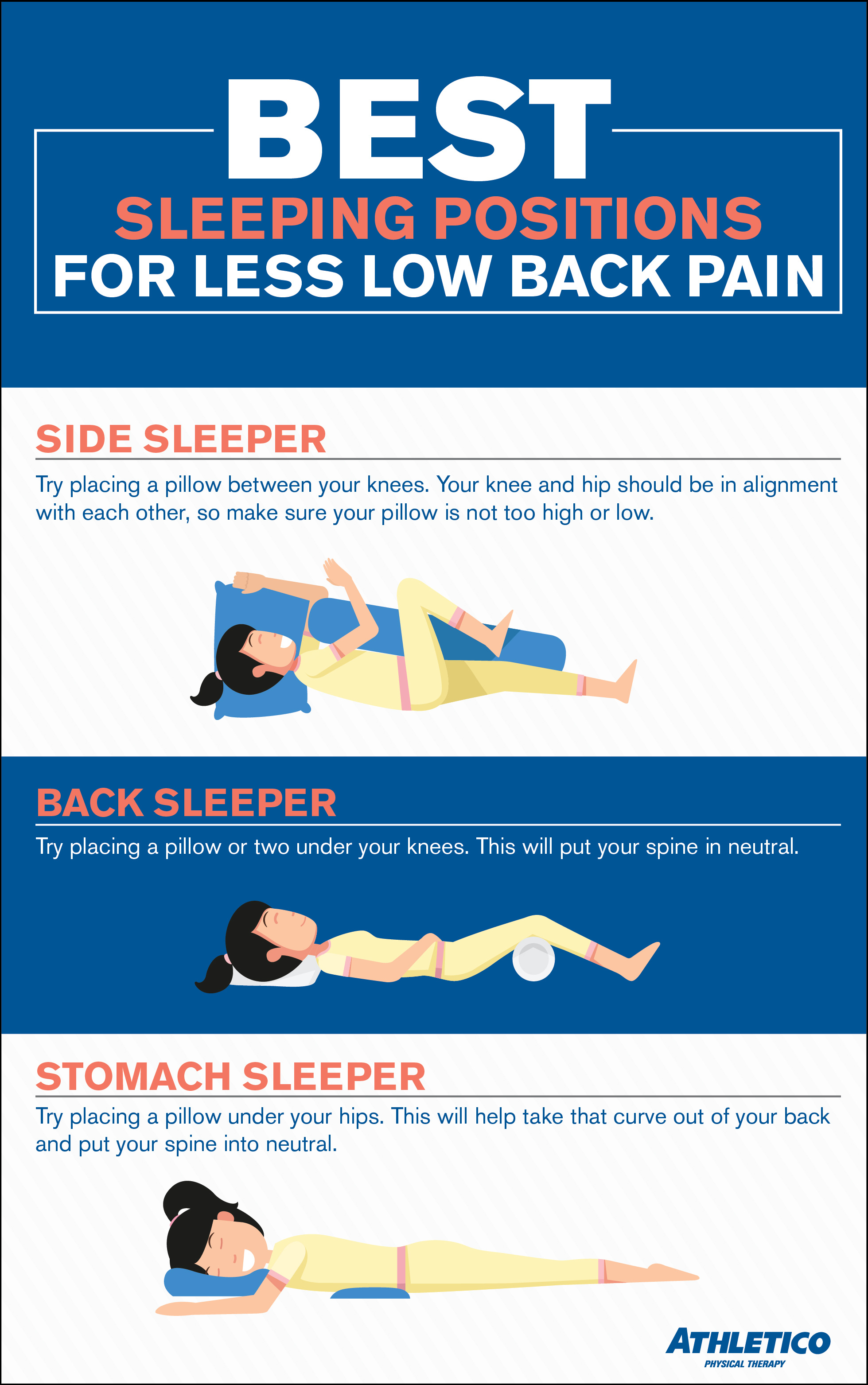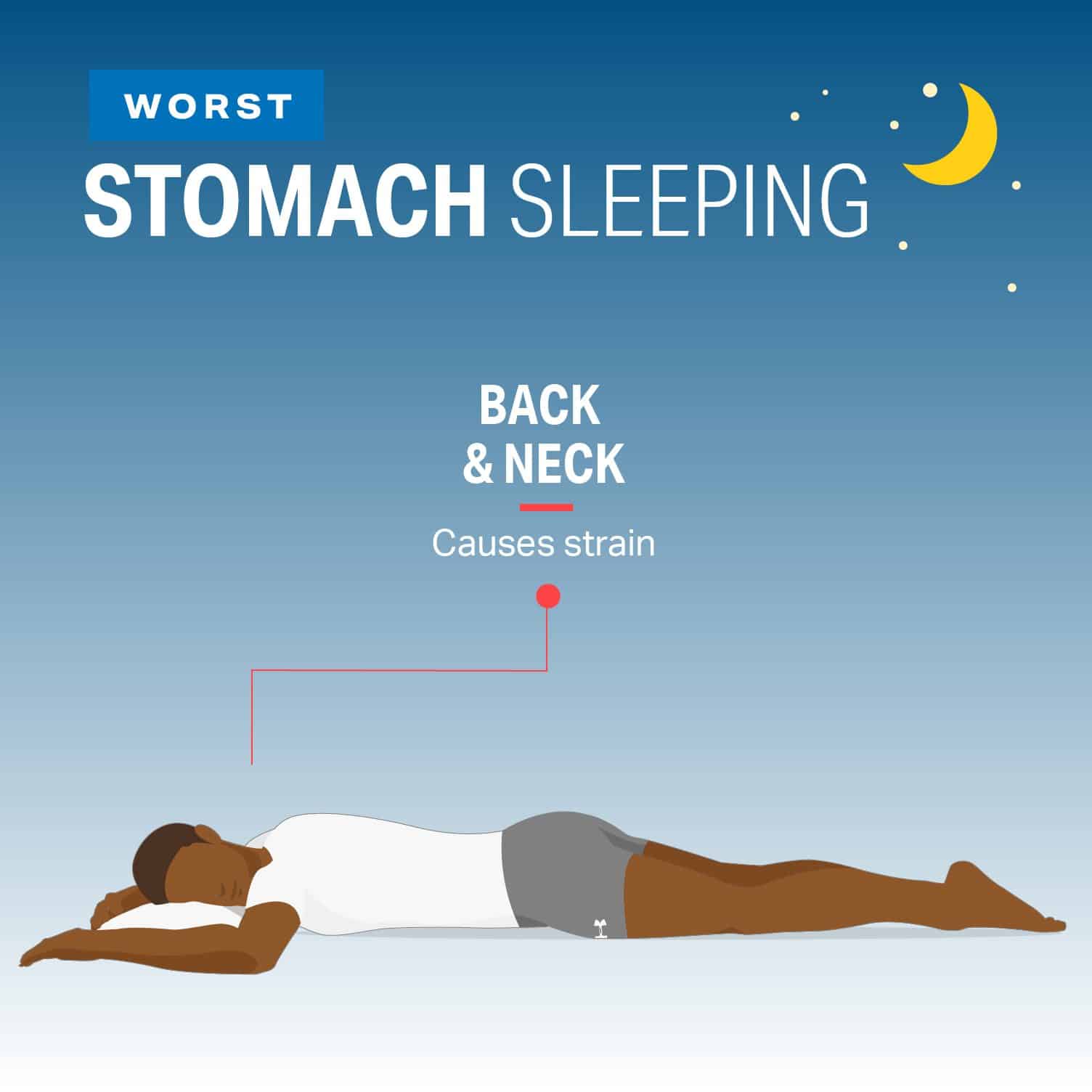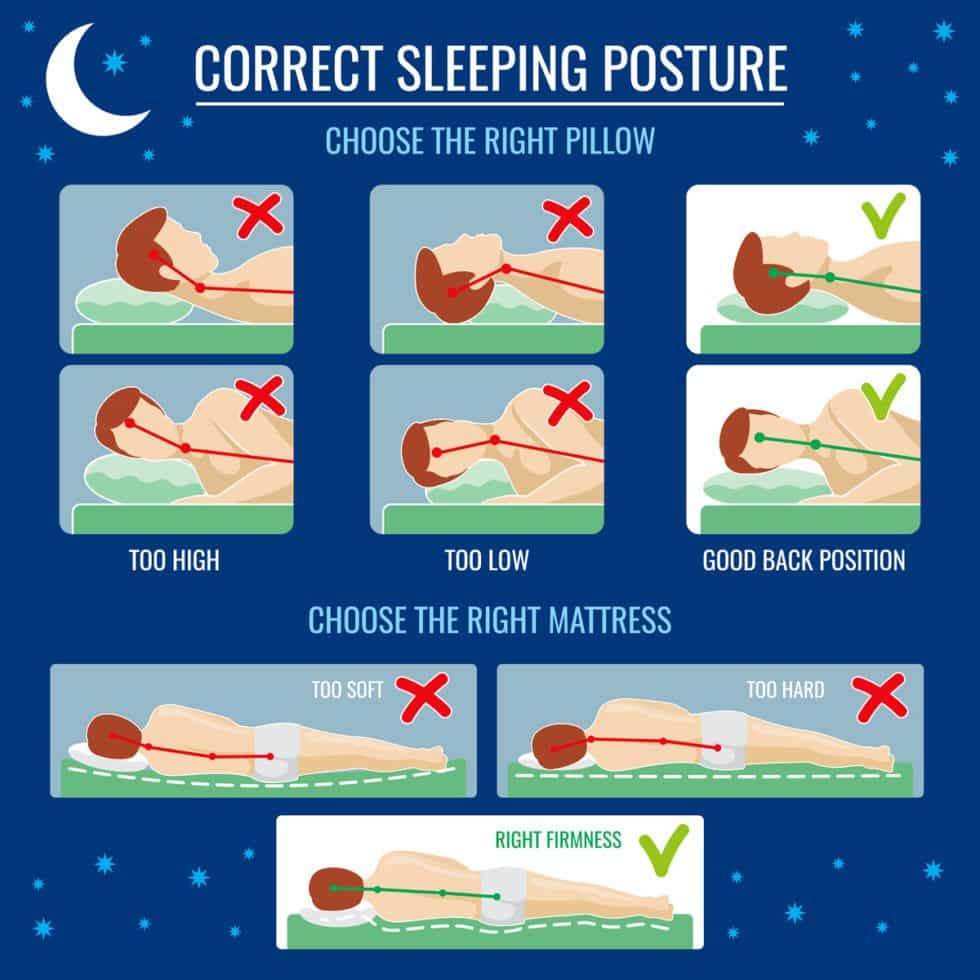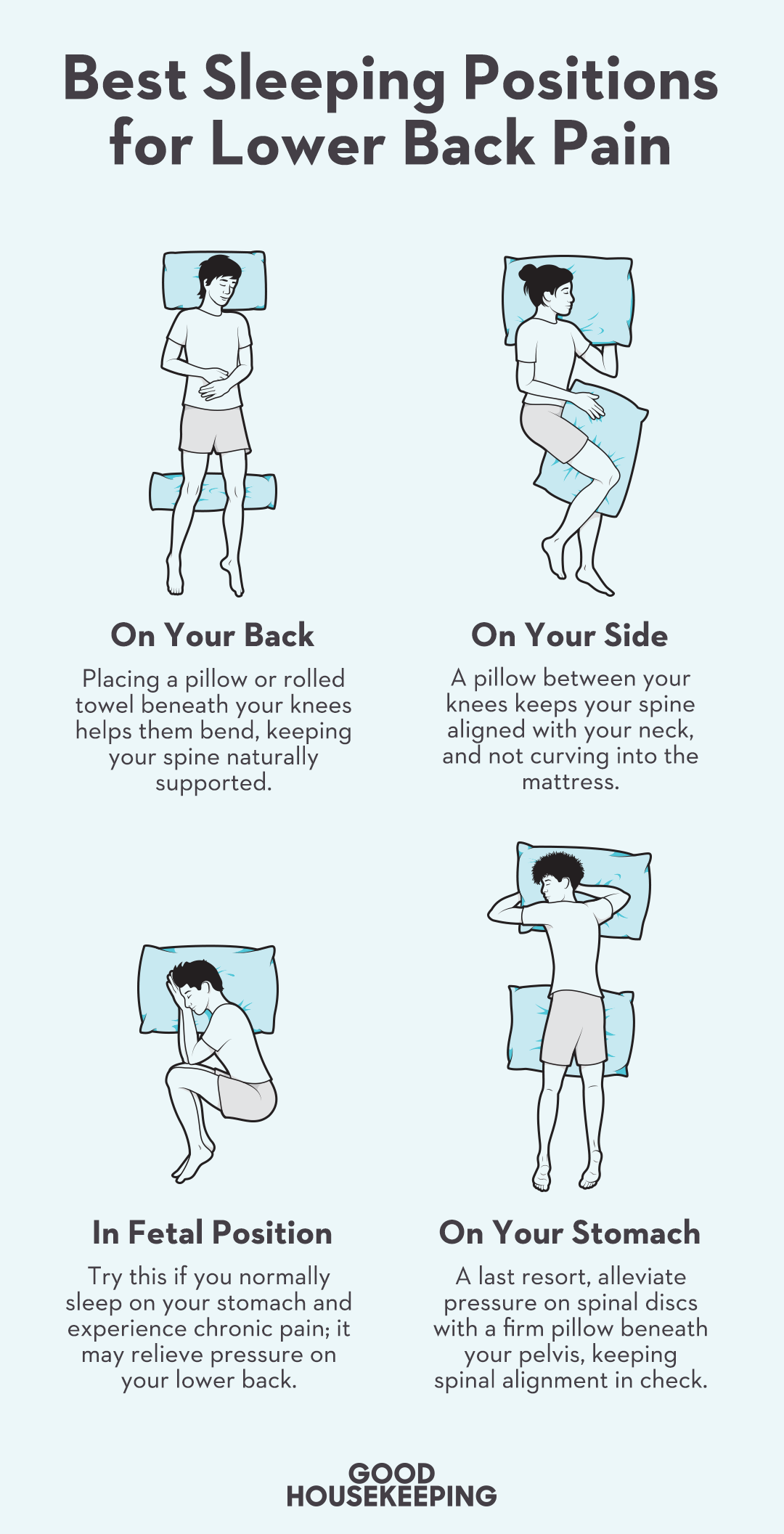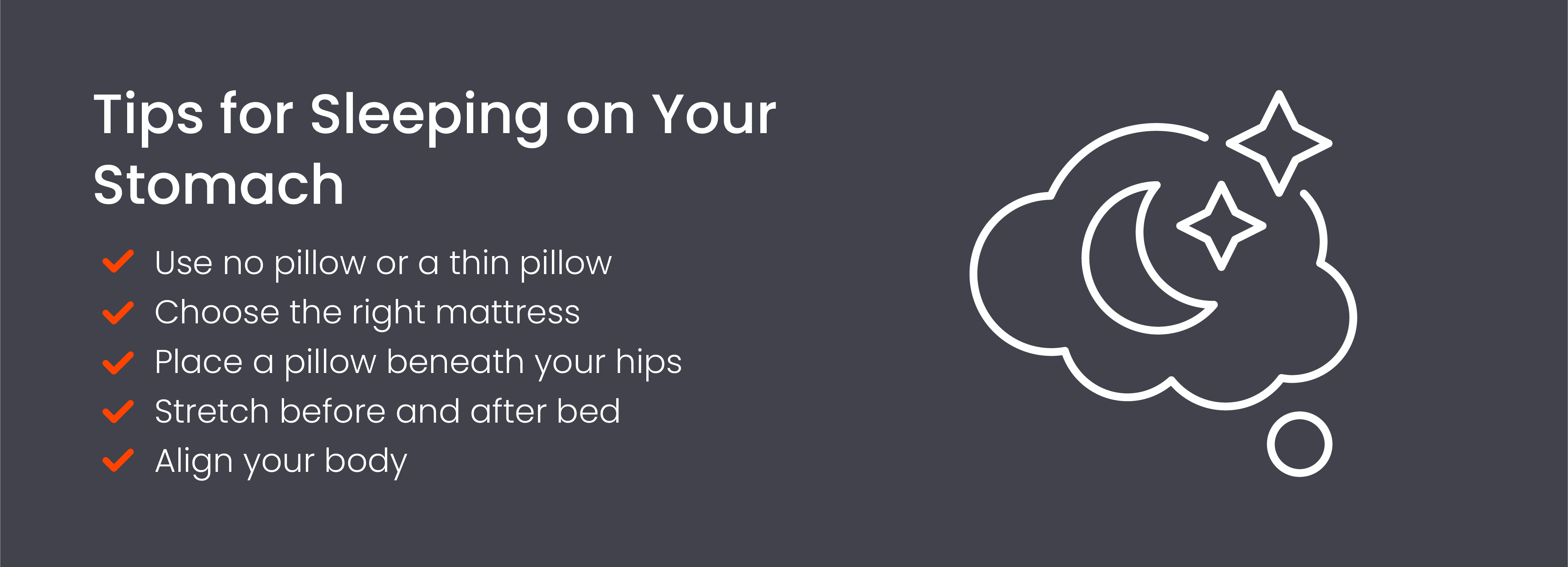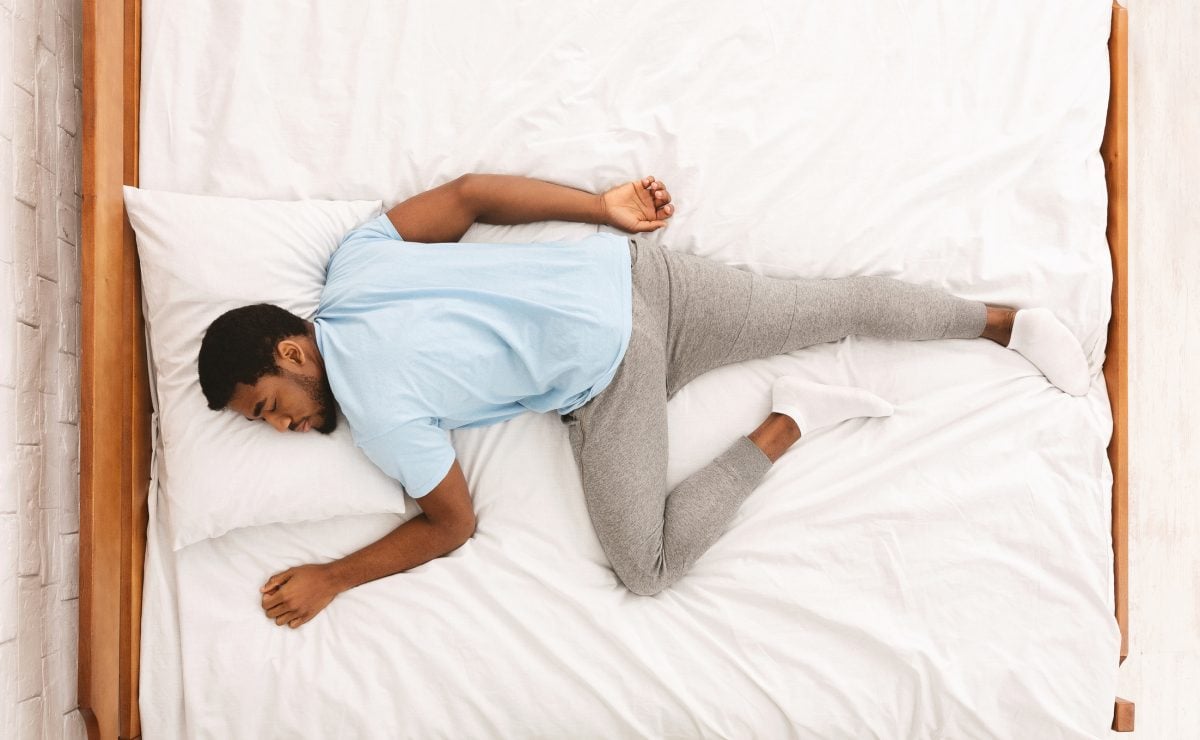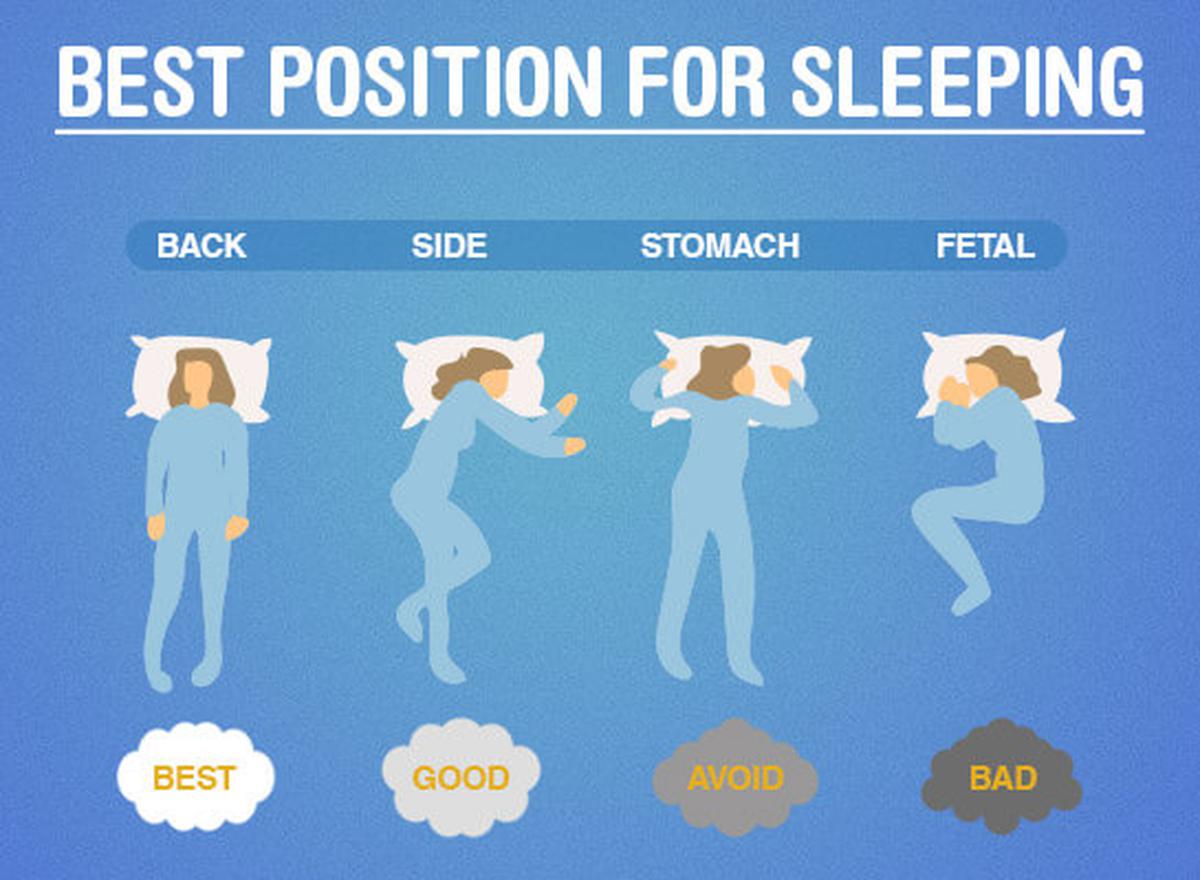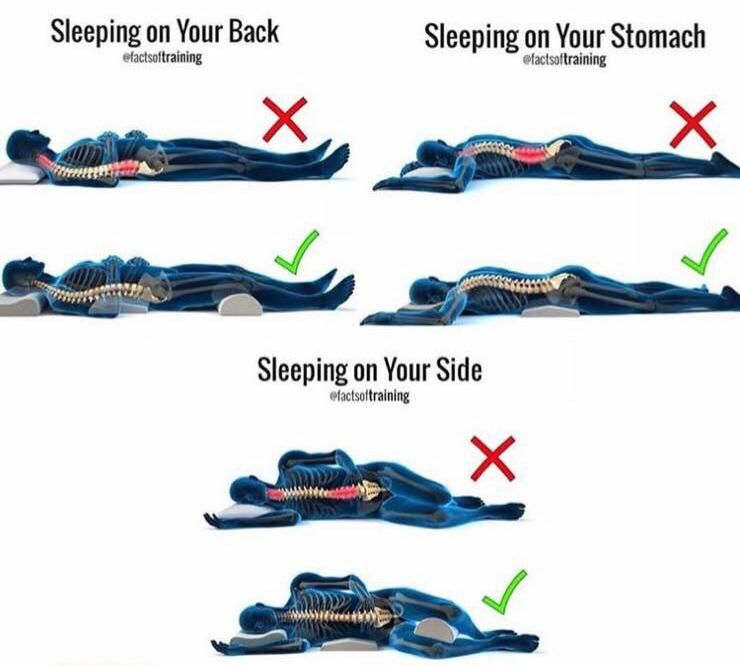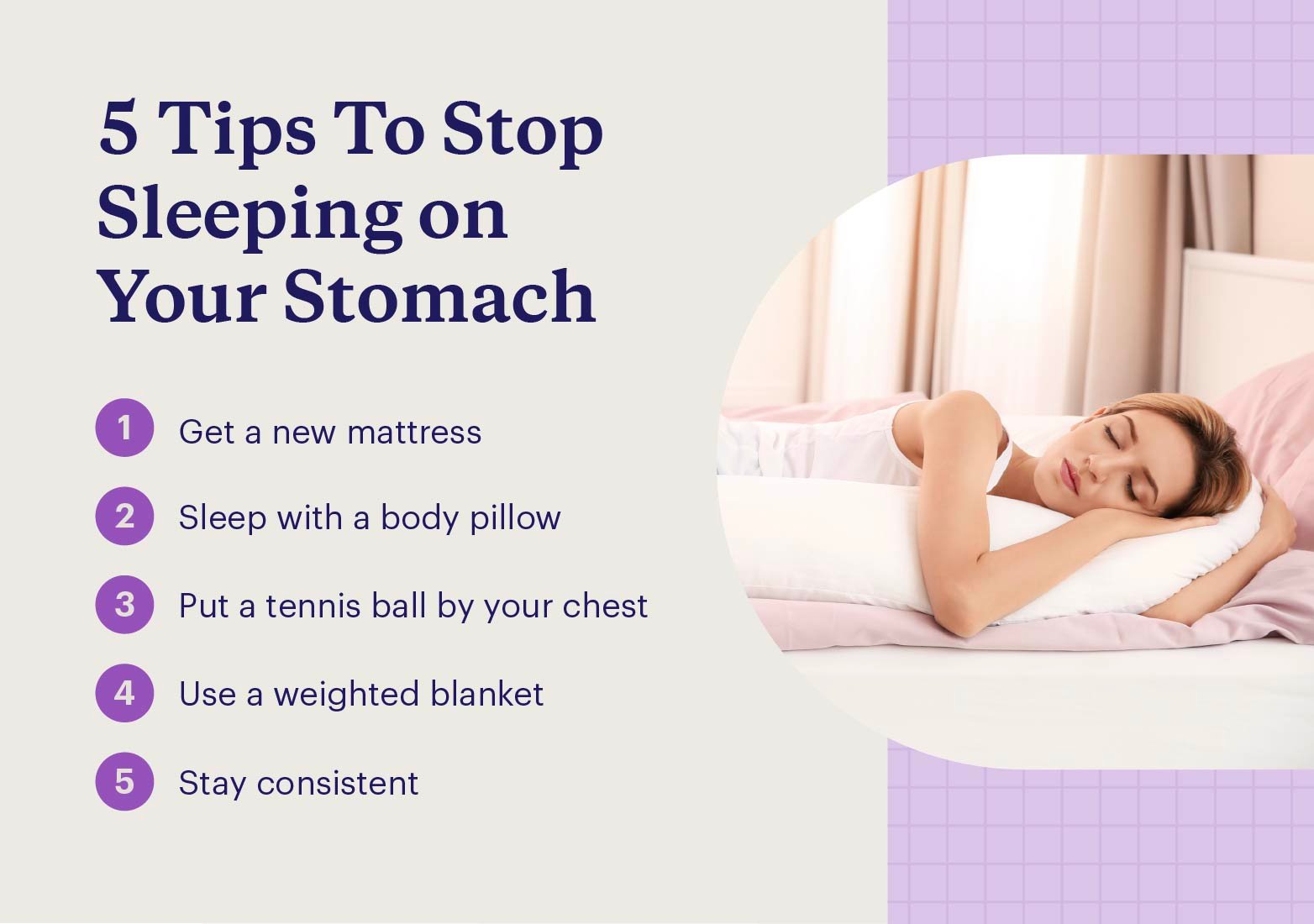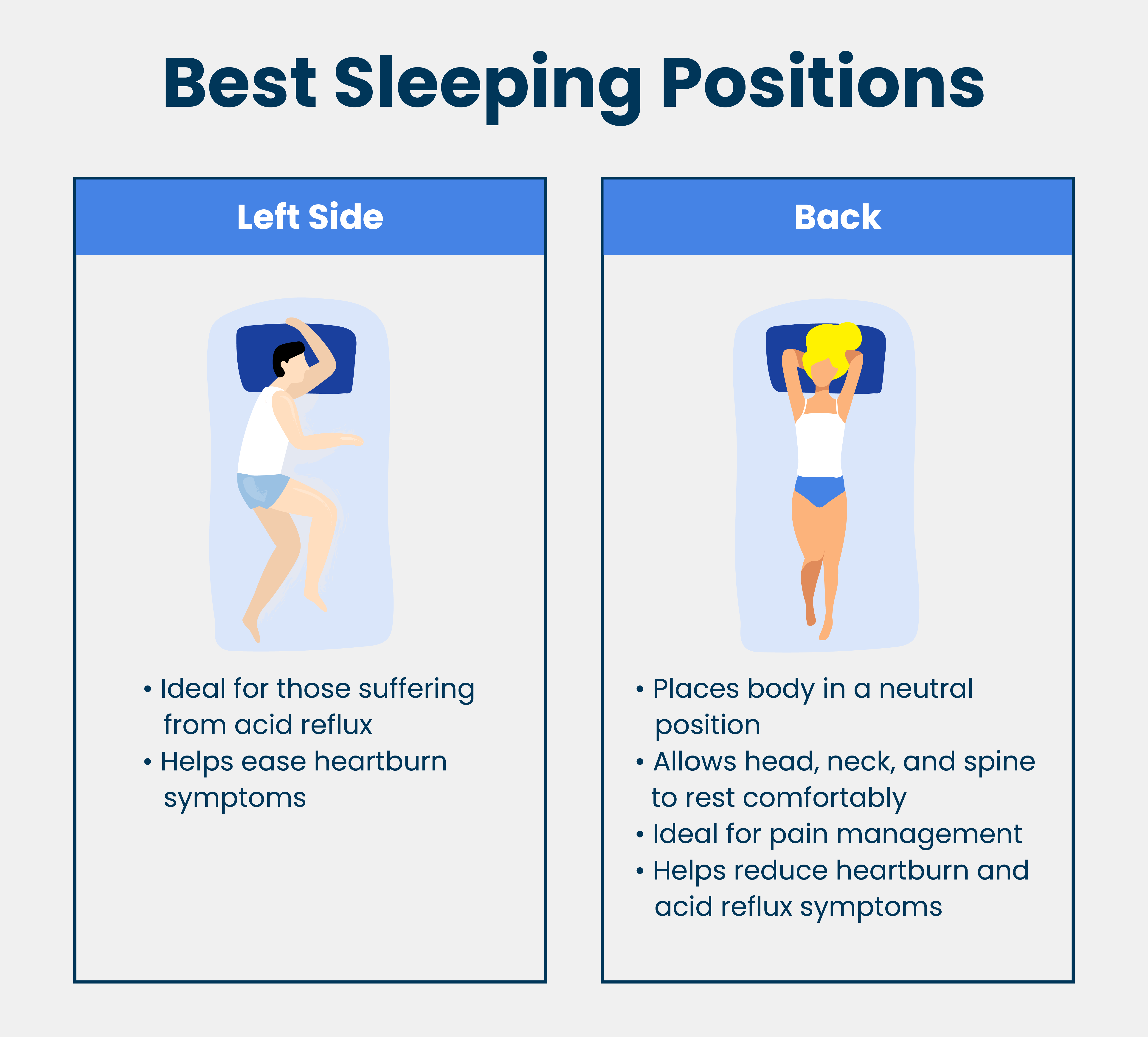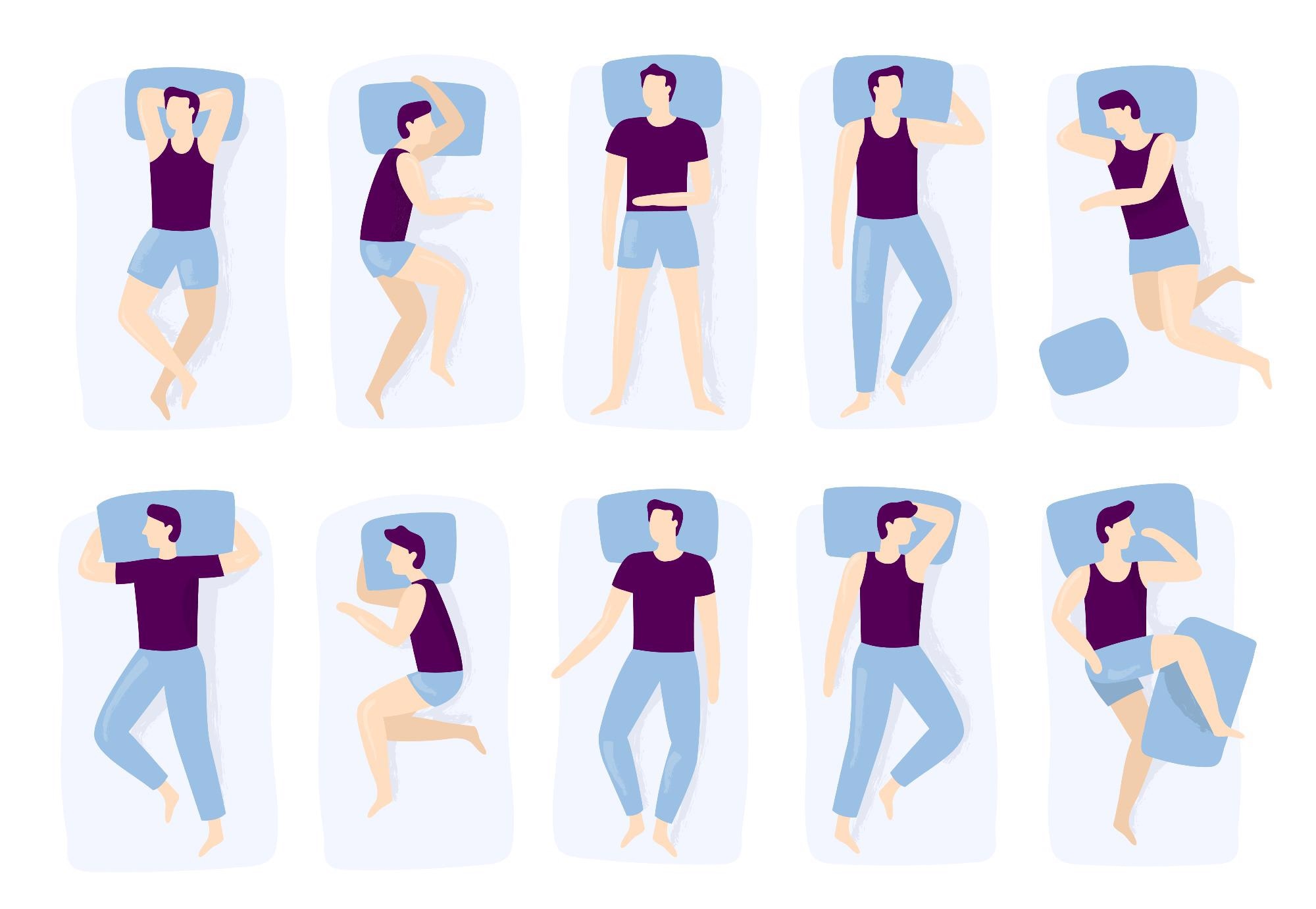Best Way To Sleep On Your Stomach

Imagine drifting off to sleep, the soft murmur of rain outside your window. You're lying face down, your cheek nestled comfortably against a plush pillow. It feels like a warm hug, a sense of security washing over you as you sink deeper into slumber.
But is this cozy position actually good for you? And if you’re a stomach sleeper, what’s the best way to sleep on your stomach to minimize potential aches and pains?
While often perceived as the least ergonomic of sleep positions, stomach sleeping can be surprisingly comfortable for some. With the right techniques and adjustments, you can indeed enjoy a restful night without waking up feeling like you wrestled a bear. Let's explore how.
The Allure (and the Downsides) of Stomach Sleeping
For some, sleeping on their stomach offers a unique sense of comfort and security. The gentle pressure on the abdomen can be soothing, potentially relieving gas or bloating. Some people with sleep apnea find that stomach sleeping can temporarily alleviate their symptoms, though it's generally not recommended as a long-term solution.
However, the drawbacks are considerable. Sleeping on your stomach puts a significant strain on your neck and back. This is because your head is typically turned to one side for hours, forcing your neck into an unnatural position.
This twisted posture can lead to neck pain, stiffness, and even headaches. Furthermore, your spine is forced into an unnatural arch, which can exacerbate existing back problems or even create new ones.
Minimizing the Damage: A Guide to Stomach Sleeping
If you simply can’t break the habit, or if you find that stomach sleeping offers you the best (or only) way to get some shut-eye, there are steps you can take to minimize the negative effects. Here are a few tips:
1. The Thin Pillow (or No Pillow at All)
Using a thick pillow elevates your head too much, further straining your neck. Opt for the thinnest pillow you can find, or even try sleeping without a pillow altogether. This will help to keep your neck more aligned with your spine.
A thin pillow reduces the angle of your neck twist. This prevents morning neck pain.
2. Pillow Placement for Spinal Alignment
Consider placing a thin pillow under your hips and lower abdomen. This can help to reduce the arch in your back and promote better spinal alignment. It supports the natural curve of your lower back.
This helps to alleviate pressure. Think of it as a gentle counterbalance.
3. Stretch Regularly
Whether you sleep on your stomach or not, stretching is beneficial. If you’re a stomach sleeper, it’s even more crucial. Incorporate daily stretches into your routine, focusing on your neck, shoulders, and back.
Gentle neck rotations and shoulder rolls can help release tension. Consider yoga or Pilates for core strengthening.
4. Invest in a Supportive Mattress
A firm mattress can provide better support for your spine, preventing it from sagging too much. Look for a mattress that is designed to promote spinal alignment. Remember that a saggy mattress can worsen back pain.
A supportive mattress distributes weight more evenly. Do some research and read reviews.
5. Train Yourself to Sleep on Your Side
The ultimate goal is to transition to sleeping on your side or back, which are generally considered healthier positions. This takes time and effort, but it's worth it in the long run. Start by consciously positioning yourself on your side before you fall asleep.
Use pillows to support your back and prevent you from rolling onto your stomach. You can also try sewing a tennis ball into the front of your pajama top to make stomach sleeping less comfortable.
Expert Opinions and Studies
The National Sleep Foundation consistently recommends against stomach sleeping due to its potential for neck and back pain. They advocate for side or back sleeping as the ideal positions for spinal health.
Physical therapists often see patients with issues directly linked to stomach sleeping. Their advice focuses on posture correction and strengthening exercises. Proper alignment is paramount.
Dr. James Smith, a leading chiropractor, suggests that "While it's difficult to completely eliminate habits, those who sleep on their stomachs should prioritize posture correction throughout the day and invest in proper bedding to mitigate spinal stress". His insights highlight the importance of conscious effort.
Beyond the Position: Creating a Sleep Sanctuary
Regardless of your preferred sleep position, creating a comfortable and relaxing sleep environment is crucial. Ensure your bedroom is dark, quiet, and cool. Use blackout curtains, earplugs, or a white noise machine if necessary.
Establish a regular sleep schedule, going to bed and waking up at the same time each day. Avoid caffeine and alcohol before bed. These simple adjustments can significantly improve your sleep quality.
The Quest for Comfortable Sleep: It's a Journey
Finding the best way to sleep is a personal journey. What works for one person may not work for another. The key is to listen to your body and experiment with different techniques until you find what feels most comfortable and supportive.
While stomach sleeping might not be ideal, it doesn't have to be a recipe for disaster. By following these tips and making conscious efforts to improve your posture and sleep environment, you can minimize the potential risks and enjoy a more restful night's sleep.
Ultimately, the goal is to wake up feeling refreshed and pain-free. So, take the time to find what works best for you, and prioritize your sleep health.
